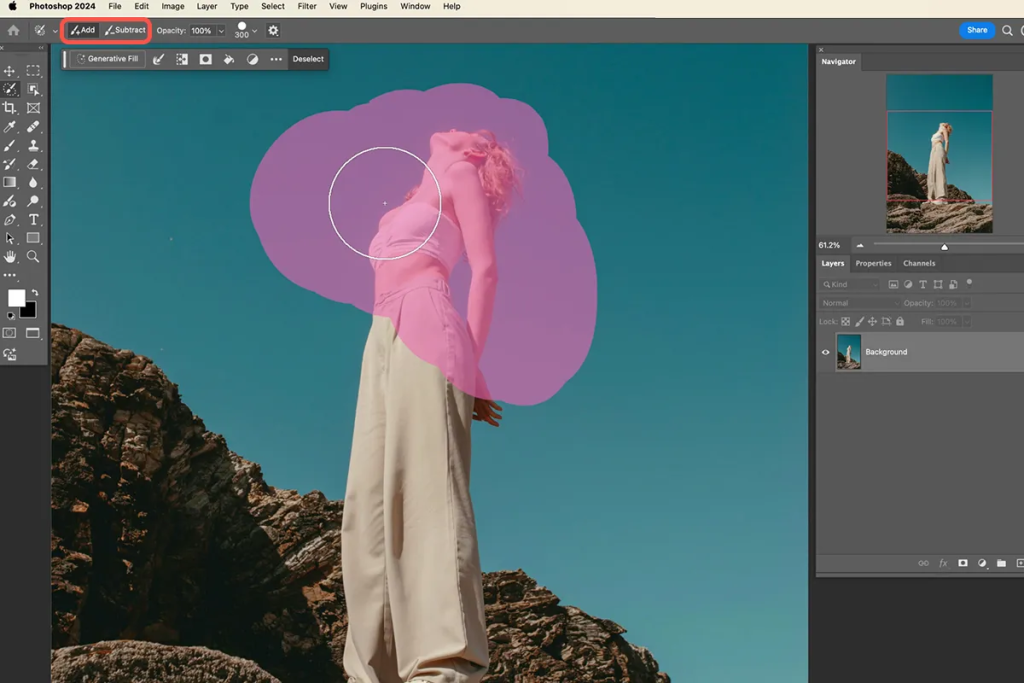Aerodynamic testing is vital in racing and aviation, especially in Formula 1. But strict wind tunnel testing limits make it hard for teams to run enough experiments. Aerofy solves this by using Generative AI, offering real time insights to engineers. This allows faster design optimizations with fewer alterations needed on physical tests.
The Role of GenAI in Aerodynamic Testing
Traditional aerodynamic testing relies on trial and error, with engineers manually adjusting designs based on wind tunnel data. Aerofy’s GenAI platform streamlines this by predicting airflow and recommending optimal configurations in real-time, cutting down the need for physical tests. This innovation allows F1 teams and aviation manufacturers to work more efficiently within regulatory limits, accelerating design improvements and cutting down on the number of alterations.
Market Research Insights
Our research into the market showed a competitor like AirShaper, which has successfully used virtual wind tunnels, demonstrating the potential for digital solutions in aerodynamic optimization. Building on this, Aerofy’s GenAI-driven approach is designed to provide even more precise, real-time insights, addressing the growing demand for faster, more cost-effective testing. Industry feedback emphasizes the need for more advanced predictive tools, reinforcing Aerofy’s value proposition in this rapidly evolving market.
Impact on Racing and Aviation Industries
Aerodynamics is vital in motorsports like Formula 1, where small improvements can greatly impact performance. Aerofy’s GenAI platform allows racing teams to quickly analyse data and make design adjustments, maximizing efficiency within testing limits. This leads to faster innovation and reduced costs. From the research done into Airshaper multiple Racing companies have made testimonials, stating the effectiveness of the service and product.
In aviation, Aerofy’s technology helps manufacturers reduce drag, which cuts fuel consumption and operational costs. By optimizing aerodynamic designs and providing real-time insights, the platform enhances performance, safety, and efficiency for both industries.
Objectives, Challenges, and the Path Forward
Aerofy’s primary objective is to revolutionize aerodynamic testing by enabling racing and aviation teams to make smarter, data-driven decisions in real-time. This will help optimize performance, reduce costs, and promote sustainability.
However, the platform depends on large, high-quality datasets from wind tunnel tests and simulations to train its GenAI models effectively. Limited data could impede on the accuracy of predictions. Moreover, ensuring real-time performance requires robust cloud infrastructure. Strong partnerships with AI providers, cloud services, and industry experts will be crucial in overcoming these challenges. All of this is also accompanied by high initial investment costs which could be become an entry barrier not only for us but also for our customers.
Conclusion
Aerofy’s innovative GenAI platform stands to transform aerodynamic testing across the racing and aviation industries. By providing real-time insights and reducing the reliance on physical tests, Aerofy enables engineers to make faster, more efficient decisions, ultimately driving performance, efficiency, and cost savings. While challenges remain in terms of data acquisition and scaling, the potential impact on these industries makes Aerofy a key player in the future of aerodynamic optimization.
Group: 29
Sebastiaan Damen- 576096
Kenneth Tang- 583744
Luis Eggert- 560311




